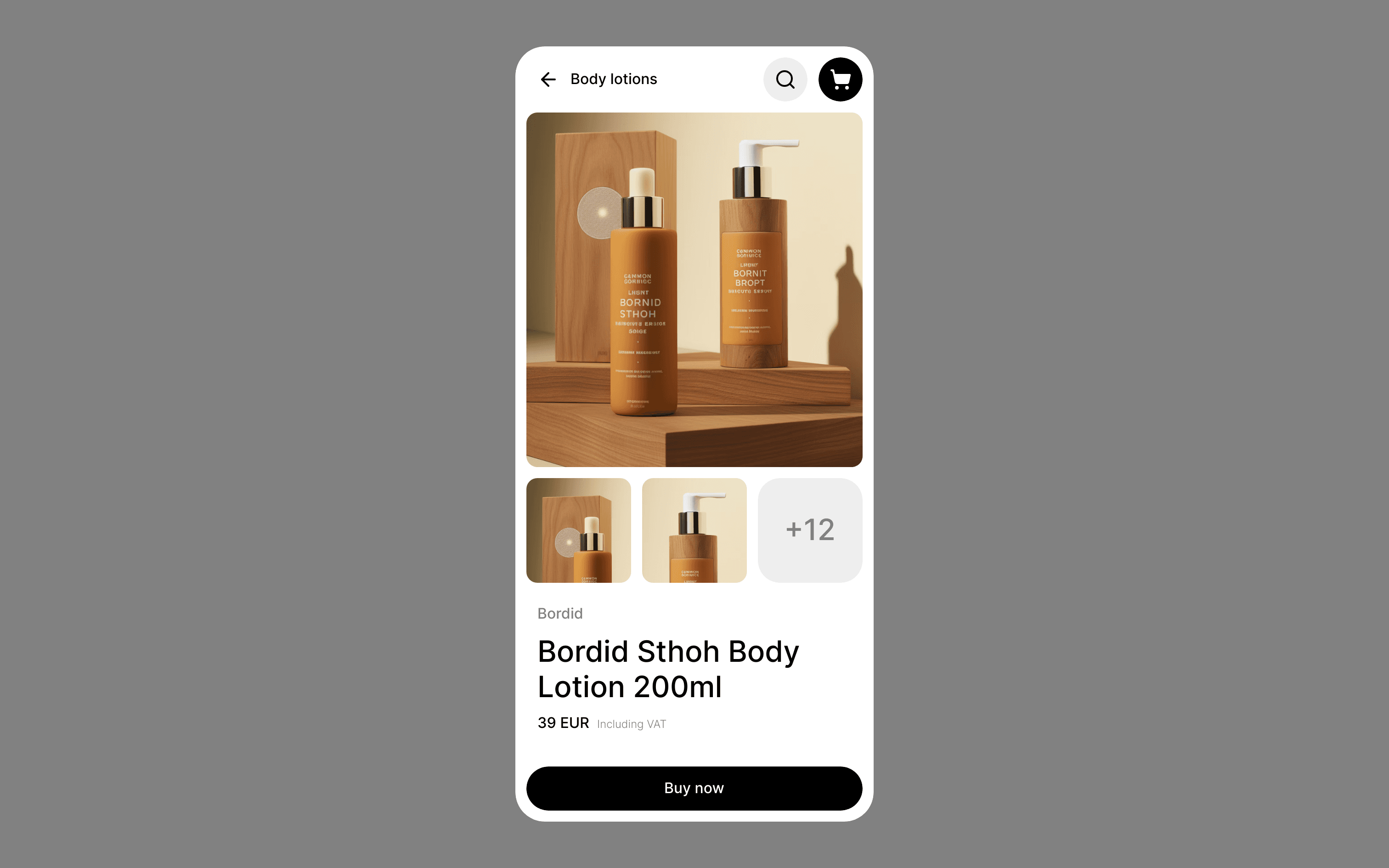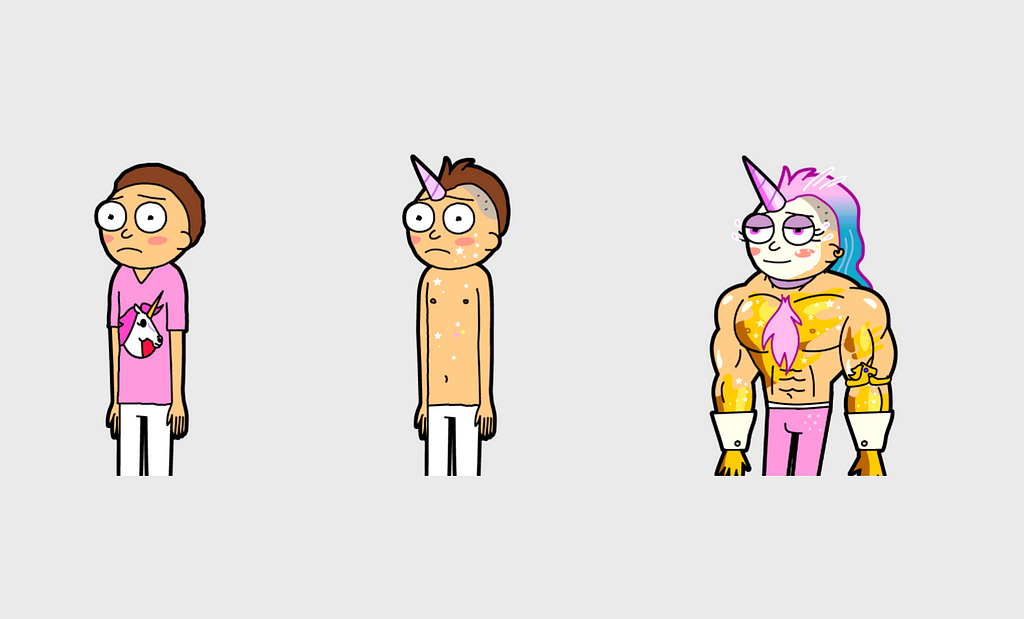Build Design Systems With Penpot Components
Penpot's new component system for building scalable design systems, emphasizing designer-developer collaboration.

uxdesign.cc – User Experience Design — Medium | Damian Horn
As a start-up designer this is a topic I usually talk about and a question I ask myself frequently: Should product teams work with generalist designers or UX specialists?
 Super unicorn Morty designer? Nah… A full stack designer isn’t a unicorn, for me it’s a UX Designer that knows HTML and CSS.
Super unicorn Morty designer? Nah… A full stack designer isn’t a unicorn, for me it’s a UX Designer that knows HTML and CSS.
A full stack designer (some years ago people called them web designers or sometimes are called product designers, or just designers) is a designer that gets involved in every stage of a product design: research, design, HTML/CSS.
It’s clear that our industry has a big problem with designers’ names. Right? Jonas Downey talks about this in The unnecesary fragmentation of design jobs.
It’s a person who can understand a problem, propose a solution and help taking it to reality.
Understand → Design → Make it real.
— But… wait, wait… ¿You are saying that a full stack designer, this mythological creature 🦄, can do everything perfectly?
No! unicorns don’t exist! Executing perfectly every part of the design process is imposible. Even for specialists.
But, on the other hand, being involved in every step of the design process and having the knowledge about the technical implementation is a big gain.
Of course, there’s always a trade-off. As a Designer you can choose on how to invest your time: you can go deeper on some specific skills or you can try to expand your boundaries by learning about different parts of the process.
For every start-up, every day counts.
I’m always thinking about ways to improve the design process and to also looking for better alternatives to lear from users in less time and in shorter sprints. In order to do that, a couple of years ago, I tested a methodology that Jason Fried proposed in Why we skip photoshop (today, 10 years later, it should be called something like: Why we skip sketch 💎 😉.)
Pen and paper → HTML/CSS
Jason talks about the advantages of going from pen and paper straight to HTML/CSS without needing to use a design tool; thus saving time by not repeating exactly the same UI twice. It saves hours of work and fosters faster iterations.
It’s not easy at first, but it’s just a matter of practice, will and effort.
No. At the beginning it can generate a lot of inconsistencies in the UI. But you can solve it by creating a design system. This not only improves consistency, but also improves speed ✊✨.
The goal is to be more efficient in every sprint reaching to better conclusions in a shorter amount of time.
No. I believe that in order to put users first, we as designers have to add real value as soon as posible. And when I say real value, I say shipped value. If we are just creating awesome wireframes, or outstanding dribbble shots, we aren’t adding any value to users. We need to launch, learn and iterate faster in order to do that.
The big gain of working in the complete design process is that the same designer that listens to users and understands their problems, has the possibility of proposing solutions, squires the design until is deployed 🚀 and then has the chance to iterate it later. Being the owner gives you the chance of pushing further the limits and to accelerate the process. Even to skip steps when it’s possible.
Let’s assume you launched a new feature. Now what? You probably would like to learn how people use it by watching recordings, analyzing metrics, asking users for some feedback or driving some UX tests. Then, you probably would like to add some quick fixes, bring down some friction points or test a new hypothesis. Design is never done.
Here is where full stack designers magic appears at its best. In just a day this awesome designer 🦄 can launch iterations only modifying the HTML/CSS adding eye-candy improvements for users.
Faster iterations, faster learnings.
I think every start-up, in different stages, need different profiles and processes of work. In my opinion, small companies and start-ups need generalists over specialists in order to ship value faster in the earlier stage possible to validate ideas.
Not to mention that, over time, with more stablished teams and products, this generalist may want to change process and teams going deeper in specific skills with the help of UX specialists. But that is for another article 🙂.
Why I believe in full stack designers 🦄 was originally published in UX Collective on Medium, where people are continuing the conversation by highlighting and responding to this story.
AI-driven updates, curated by humans and hand-edited for the Prototypr community